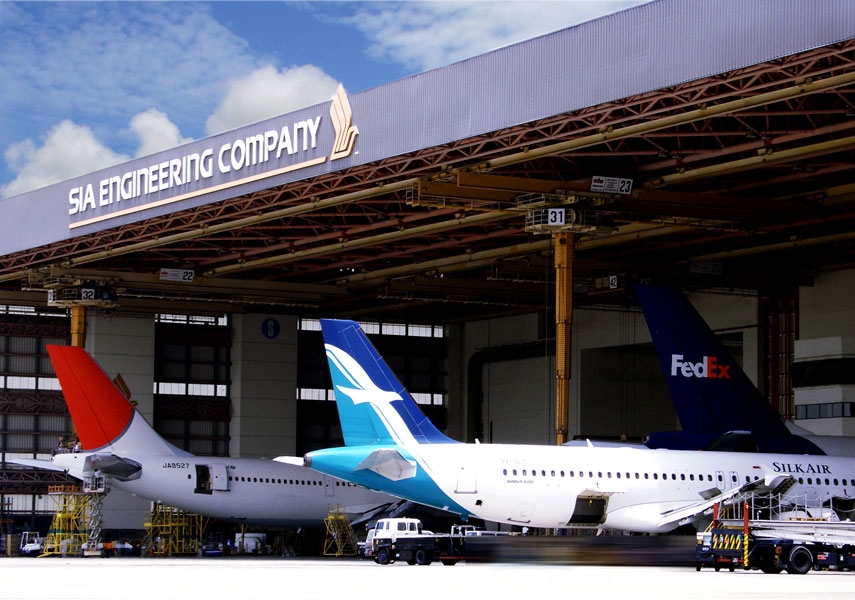
Benefits of SIA Engineering's revamp delayed by competition and demand headwinds
Terminal growth is only expected to hit 1% to 0.5% as competition from Chinese firms persist.
SIA Engineering Company (SIAEC) will have to wait at least two years to reap the benefits of its productivity and capability upgrade in April due to headwinds such as competition and low demand, OCBC Investment Research said.
SIAEC’s stock has corrected by 15%, no thanks to lower profits and weak results of its airframe and line maintenance segment, which fell 43% to $22.6m.
“A reduction in work volume and keen competition has weighed on results, and this may continue in the mean time, pressuring operating margins and hence possibly dividends in the future,” OIR analyst Low Pei Han said.
There are also barely any catalysts for the stock except for less pricing pressure from airlines under a lower oil price environment or a possible privatisation by SIA. “The latter has been a topic of interest for years but there has been more talk ever since news of Hong Kong Aircraft Engineering’s (HAECO) privatisation by Swire Pacific in June this year,” Low added.
The analyst said the outlook for privatisation is dim as 2017 earnings were negative. As a reference, the offer for HAECO was at an estimated 2.2x P/B and 9.4x P/OCF (based on average operating CF in the past five years).
“With the dim outlook, we fine-tune our estimates as well as terminal growth assumption from 1% to 0.5%,” Low added. “Over the longer term, the competition from rivals such as Chinese maintenance, repair, and overhaul (MRO) providers may remain unabated, though SIAEC is still relatively well-positioned with its strategic partnerships.”
Moreover, there were fewer C checks maintenance in the Singapore base in 1HFY2019, though the number of A checks (lighter than C) was higher.
“The number of checks that can be undertaken is also constrained by hangar capacity, and should aircraft spend a longer time parked in the hangar, it would also mean missed opportunities to undertake maintenance work for other aircraft,” Low concluded.
























 Advertise
Advertise






